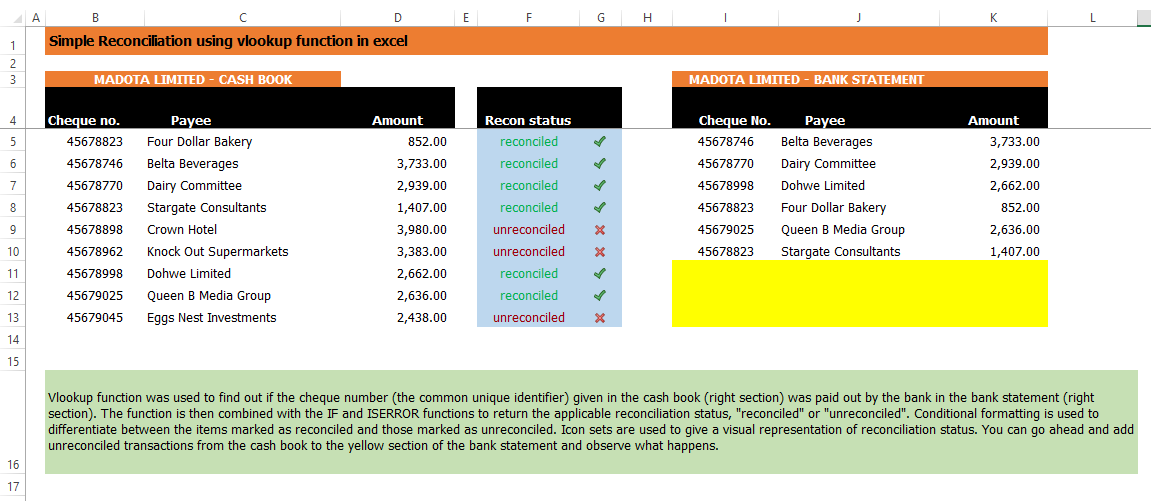Power Query is a data connection tool available in excel and Power BI that enables users to discover, connect to data, transform the shape of data as per user requirements and then load it into an analysis tool for further use, usually into excel or Power BI.
Power query is an “ETL” tool. ETL stands for Extract, Transform and Load.
Extract – get data from data sources into power query.
Transform – reshape the data into usable format, e.g. by removing columns or rows, combining columns, manipulate text, pivot or unpivot data and so on.
Load – load the reshaped and now user friendly data for further use.
Whilst several ETL tools have been available in the market, they are mostly used by technical IT professionals. The entry of Power Query opened a new chapter for ordinary business users who could now access an ETL tool built specifically for them.
Where do you find Power Query?
Power Query comes fully integrated into Power BI Desktop where it is called “Get Data”. It is found on the Home Tab’s Get Data Group. In Power BI Desktop, data can only be loaded using Power Query/Get Data.
In Excel, Power Query started off as a free addin (excel 2010 and 2013). After you install the Addin, a new POWER QUERY Tab is added on the Excel Ribbon.
From Excel 2016 onwards, Power Query was fully integrated into Excel and renamed “Get and Transform”. To find it you navigate to the Data tab and then you will see the group named Get and Transform.
Want to learn more about Power Query? Check out this upcoming Power BI course. Power Query will be in action, Extracting, Transforming and Loading data.














